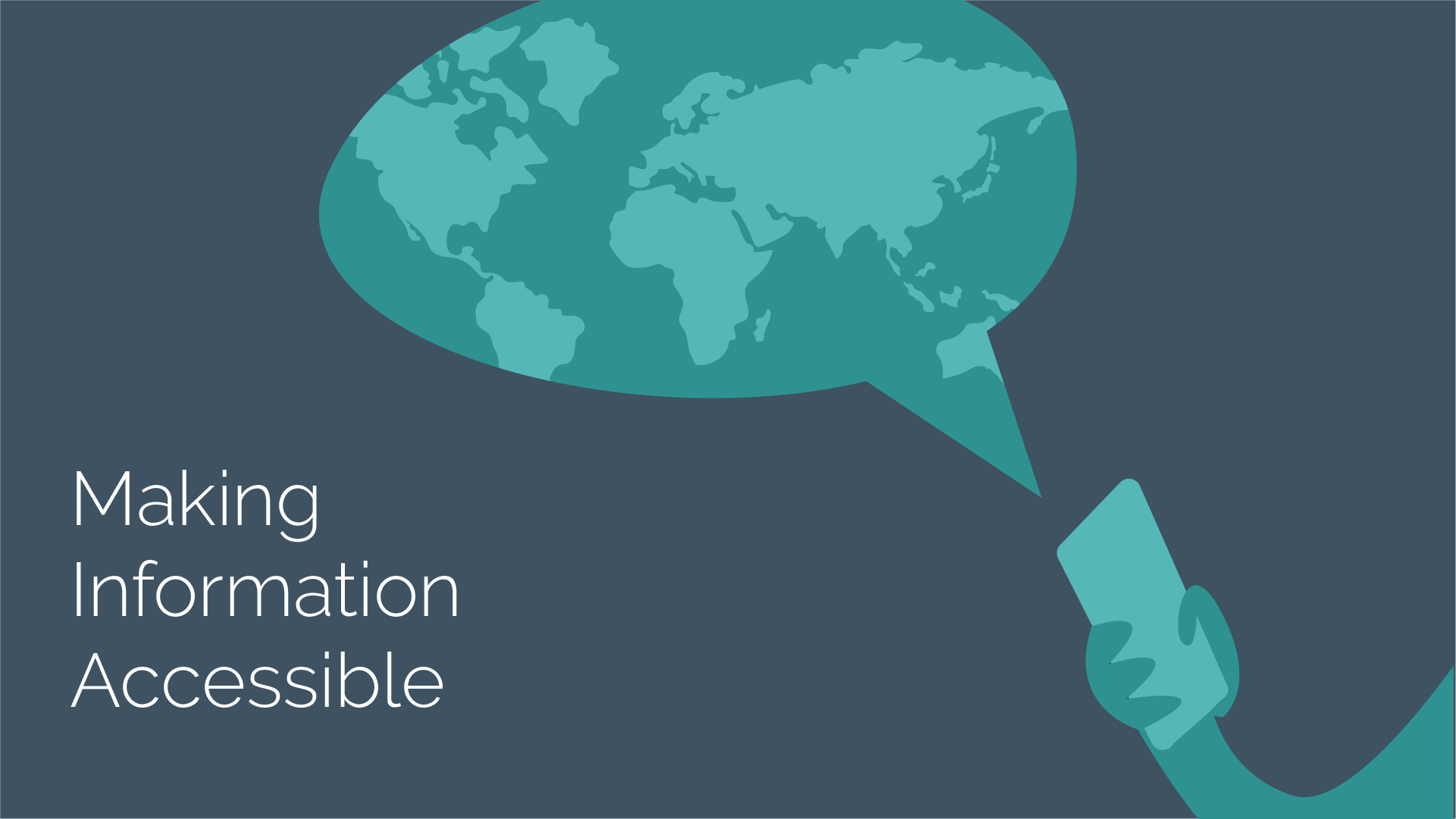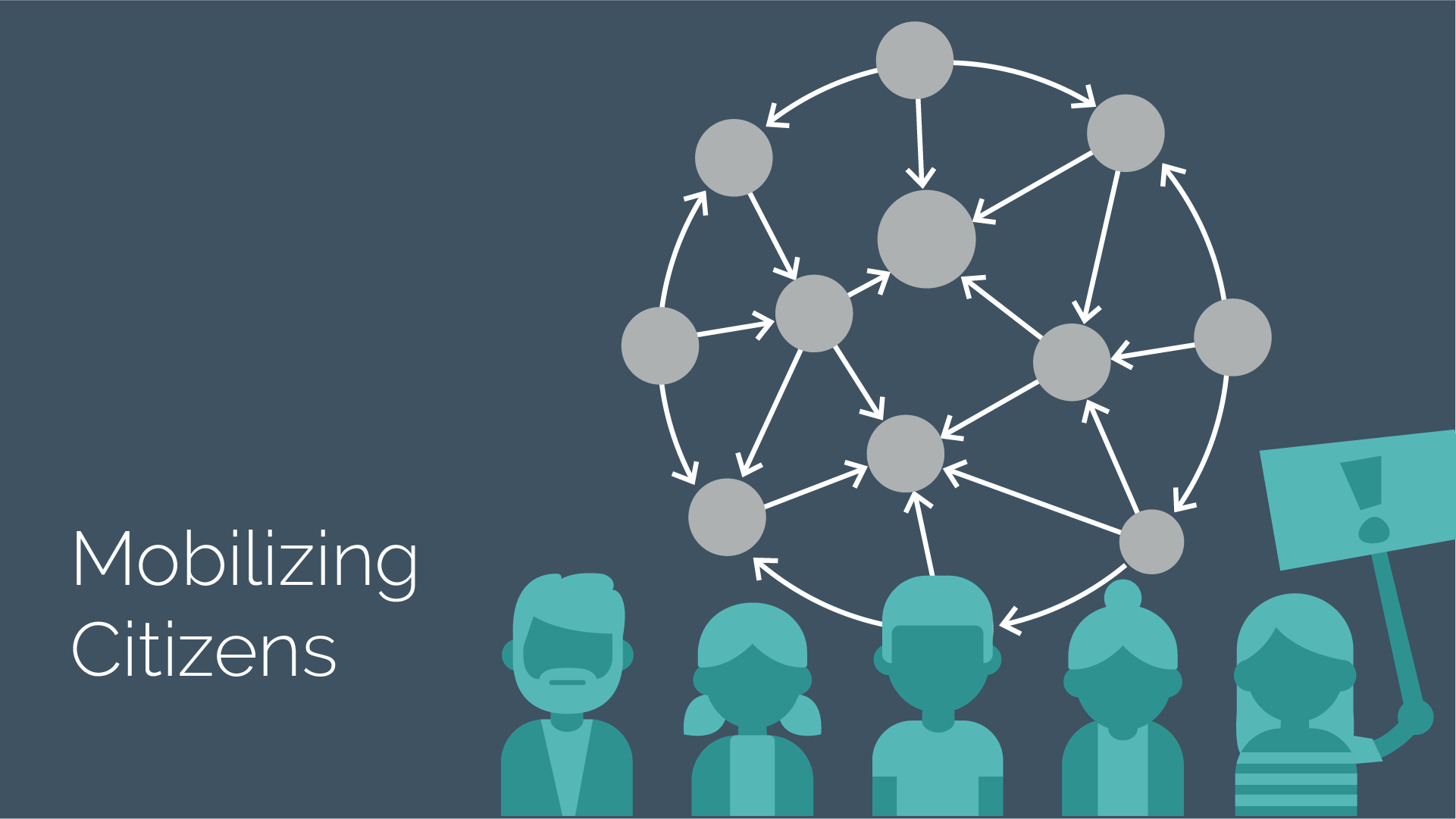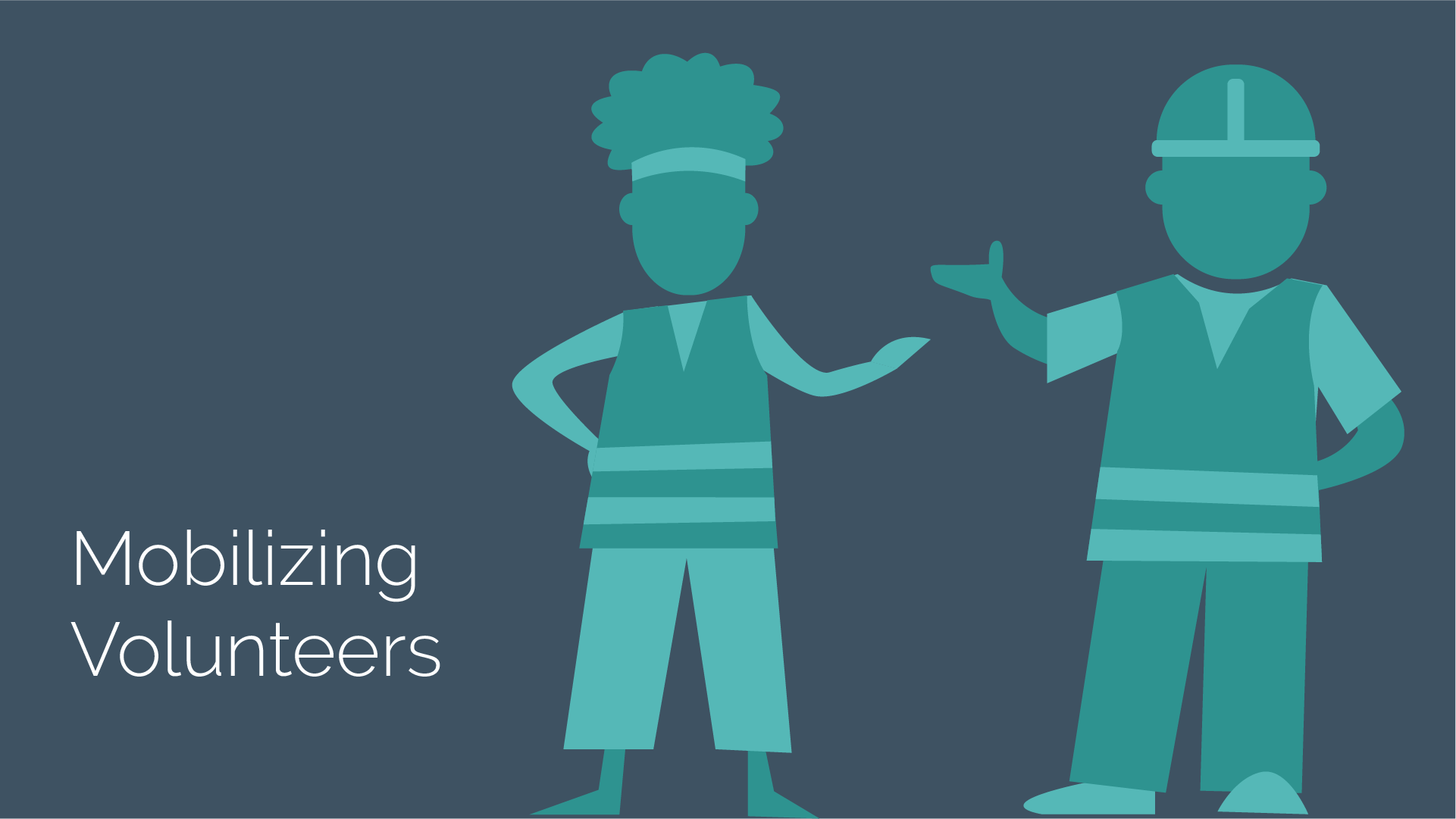Including Citizens Handbook: Difference between revisions
Kiehl (talk | contribs) No edit summary Tag: visualeditor-switched |
Eschmidt (talk | contribs) No edit summary |
||
| (31 intermediate revisions by 3 users not shown) | |||
| Line 1: | Line 1: | ||
[[File: | <div class="bridging-page"> | ||
<h1>[[File:Including_Citizens_Handbook.svg|alt=Logo of the Including Citizens Handbook|frameless|link=|120px]] Including Citizens Handbook</h1> | |||
<div style="padding:1em"> | |||
==== About the Handbook ==== | |||
The Including Citizens Handbook is a digital toolkit specifically addressing Disaster Management Organizations, first responders, and decision makers. It can also be used by businesses and academic researchers. The product has a two-fold aim: | |||
# It provides insights and instructions on how to communicate with citizens on disaster management processes by using social media platforms. Multiple resources, tools, and guidelines are designed to cover different vulnerability profiles. | |||
# It provides guidance on how Disaster Management Organizations can include citizens and their unique resources and skills into disaster management processes. | |||
The Including | The Including Citizens Handbook is divided in four sections, each providing in-depth insights into disaster management and operation procedures: | ||
</div> | |||
<div id="communicating_risk" class="bp-section ich-section"> | |||
<div class="d-flex align-items-center"> | |||
<div class="pr-4"> | |||
===== 1. Communicating Risk ===== | |||
“Communicating Risk” focuses on how to best raise awareness and motivate protective actions among different types of citizens. The chapter is relevant for people working with risk communication before, during and after a hazard. | |||
<div class="product-link mt-2">[https://rise.articulate.com/share/qW0PLoKxIDt-MpiL8J7YGLefRZhJMHT1# Take part in the “Communicating Risk” course]</div> | |||
</div> | |||
<div>[[File: Handbook Communicating Risk.png|frameless|alt=Section 1 of the Handbook - Communicating Risk.|link=|500px]]</div> | |||
</div> | |||
</div> | |||
<div id="making_information_accessible" class="bp-section ich-section"> | |||
<div class="d-flex align-items-center"> | |||
# | <div>[[File: Handbook Making Information Accessible.png|frameless|alt=Section 2 of the Handbook - Making Information Accessible.|link=|500px]]</div> | ||
<div class="pl-4"> | |||
===== 2. Making Information Accessible ===== | |||
“Making Information Accessible” deals with several aspects related to the accessibility of information in different phases of disaster management. It covers multiple vulnerability profiles and provides solutions and guidelines on how to effectively spread messages via social media on issues concerning good-practices and so on. | |||
<div class="product-link mt-2">[https://rise.articulate.com/share/ZIoJbdO61h2OLJFWFhGA9xOPTtuSBDGd# Take part in the Accessibility course]</div> | |||
<div class="product-link">[https://cloud.links.communitycenter.eu/index.php/s/8aKFAZkTdyNx3AW Read the “Making Information Accessible” handbook as PDF]</div> | |||
</div> | |||
</div> | |||
</div> | |||
<center> | <div id="mobilizing_citizens" class="bp-section ich-section"> | ||
<div class="d-flex align-items-center"> | |||
<div class="pr-4"> | |||
===== 3. Mobilizing Citizens ===== | |||
“Mobilizing Citizens” deals with the physical mobilisation of citizens before, during and after a hazard, but it also covers aspects related to the mobilisation of aid as well as social activism. It provides guidelines, insights, and tools for different types of practitioners. | |||
<div class="product-link mt-2">[https://rise.articulate.com/share/AilpJU9QizBV1RcGdC6vvmD4nbb0gF-b# Take part in the Mobility course]</div> | |||
<div class="product-link">[https://cloud.links.communitycenter.eu/index.php/s/FrK6TP9Gd7yypek Read the “Mobilizing Citizens” handbook as PDF]</div> | |||
</div> | |||
<div>[[File: Handbook Mobilizing Citizens.png|frameless|alt=Section 3 of the Handbook - Mobilizing Citizens.|link=|500px]]</div> | |||
</div> | |||
</div> | |||
<div id="mobilizing_volunteers" class="bp-section ich-section"> | |||
<div class="d-flex align-items-center"> | |||
<div>[[File: Handbook Mobilizing Volunteers.png|frameless|alt=Section 4 of the Handbook - Mobilizing Volunteers.|link=|500px]]</div> | |||
<div class="pl-4"> | |||
===== 4. Mobilizing Volunteers ===== | |||
“Mobilizing Volunteers” is concerned with different aspects of how Disaster Management Organizations can leverage digital platforms to coordinate and mobilize spontaneous volunteers. Here, Disaster Management Organizations can learn how to use these platforms to, for example, onboard spontaneous volunteers. | |||
<div class="product-link mt-2">[https://rise.articulate.com/share/K6GSzr-Il0UWs-Xy4uX4HunxZChniZSV# Take part in the “Mobilizing Volunteers” course]</div> | |||
</div> | |||
</div> | |||
</div> | |||
==== Contact ==== | |||
If you would like to learn more about the Including Citizens Handbook, contact Camilla Froio (camilla.froio<span style="display:none" aria-hidden="true">__</span>@unifi.it) or Nina Baron (niba<span style="display:none" aria-hidden="true">__</span>@kp.dk). | |||
</div> | |||
__NOTITLE__ | __NOTITLE__ | ||
__FORUM__ | |||
Latest revision as of 15:50, 6 December 2023
 Including Citizens Handbook
Including Citizens Handbook
About the Handbook
The Including Citizens Handbook is a digital toolkit specifically addressing Disaster Management Organizations, first responders, and decision makers. It can also be used by businesses and academic researchers. The product has a two-fold aim:
- It provides insights and instructions on how to communicate with citizens on disaster management processes by using social media platforms. Multiple resources, tools, and guidelines are designed to cover different vulnerability profiles.
- It provides guidance on how Disaster Management Organizations can include citizens and their unique resources and skills into disaster management processes.
The Including Citizens Handbook is divided in four sections, each providing in-depth insights into disaster management and operation procedures:
1. Communicating Risk
“Communicating Risk” focuses on how to best raise awareness and motivate protective actions among different types of citizens. The chapter is relevant for people working with risk communication before, during and after a hazard.


2. Making Information Accessible
“Making Information Accessible” deals with several aspects related to the accessibility of information in different phases of disaster management. It covers multiple vulnerability profiles and provides solutions and guidelines on how to effectively spread messages via social media on issues concerning good-practices and so on.
3. Mobilizing Citizens
“Mobilizing Citizens” deals with the physical mobilisation of citizens before, during and after a hazard, but it also covers aspects related to the mobilisation of aid as well as social activism. It provides guidelines, insights, and tools for different types of practitioners.


4. Mobilizing Volunteers
“Mobilizing Volunteers” is concerned with different aspects of how Disaster Management Organizations can leverage digital platforms to coordinate and mobilize spontaneous volunteers. Here, Disaster Management Organizations can learn how to use these platforms to, for example, onboard spontaneous volunteers.
Contact
If you would like to learn more about the Including Citizens Handbook, contact Camilla Froio (camilla.froio@unifi.it) or Nina Baron (niba@kp.dk).